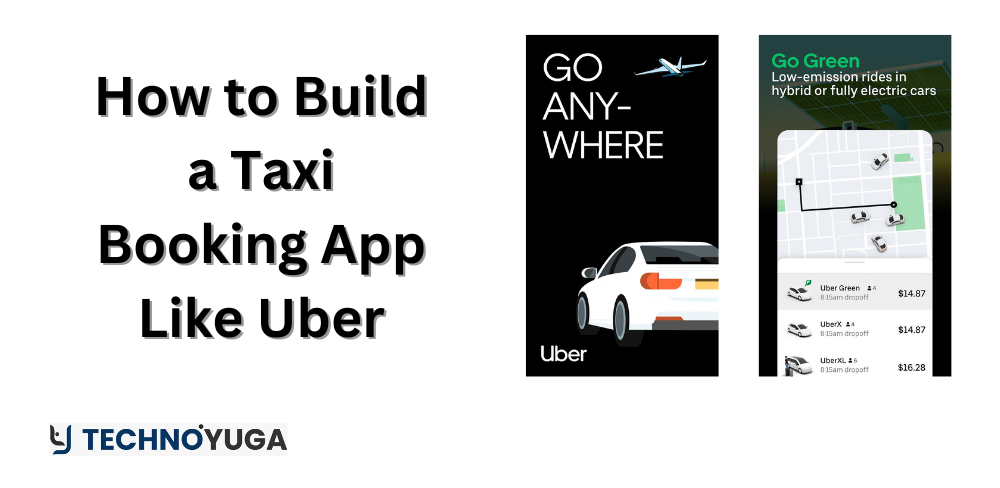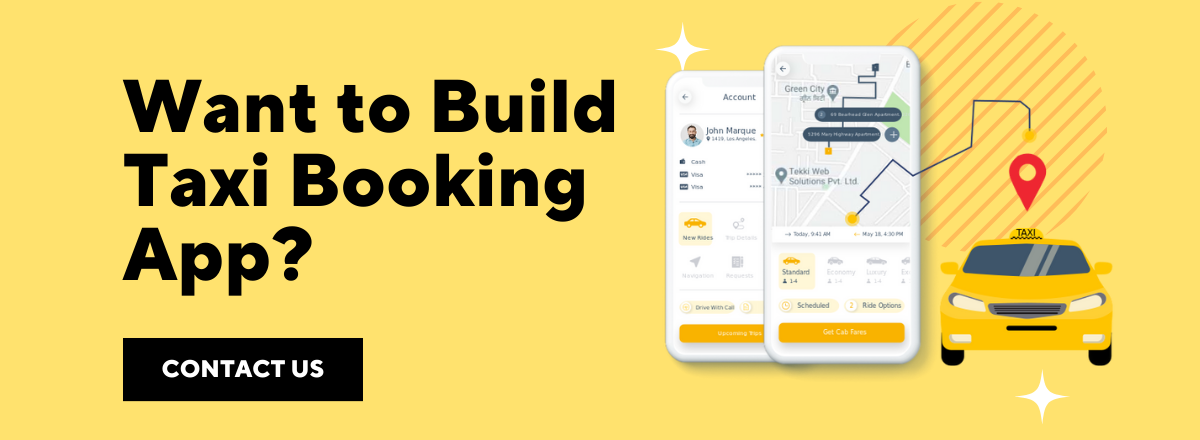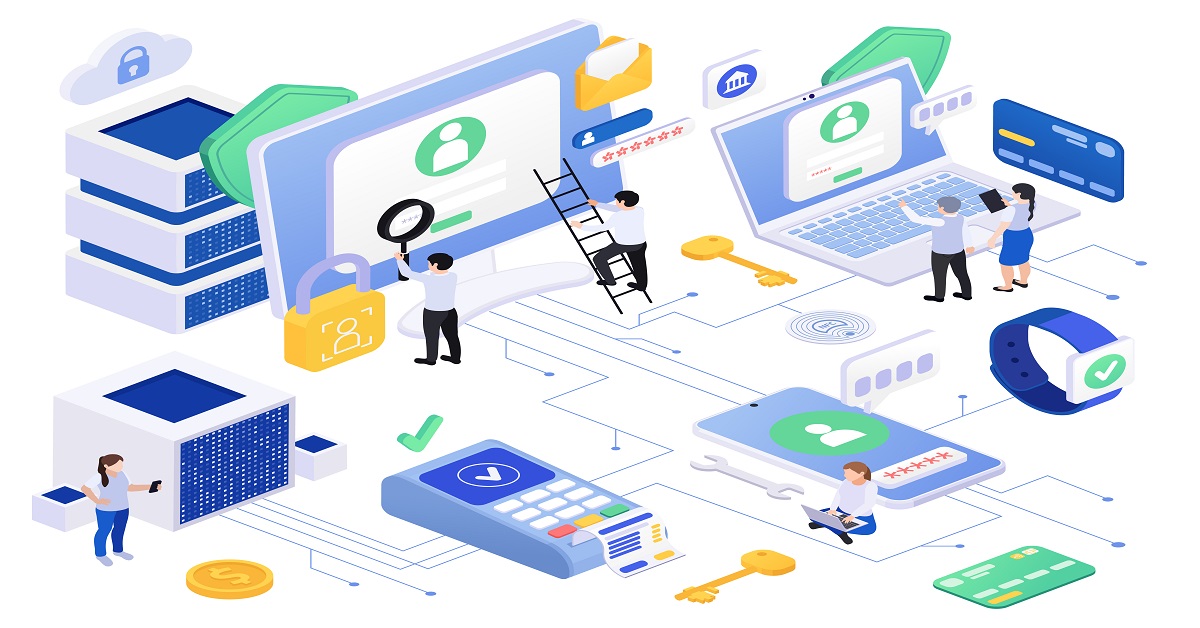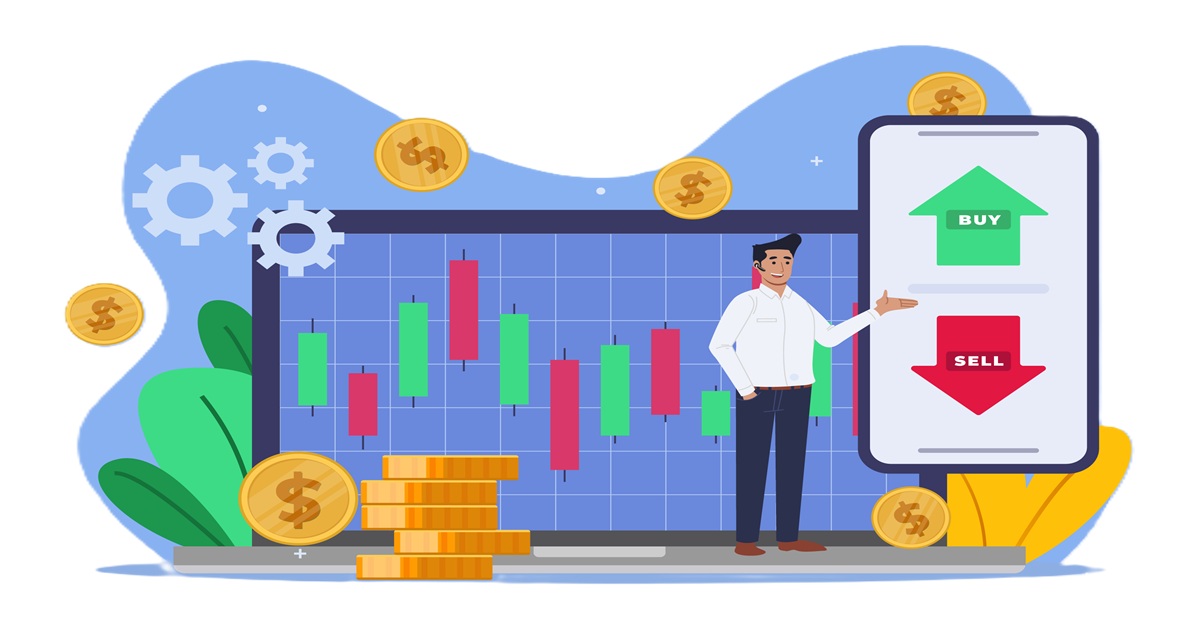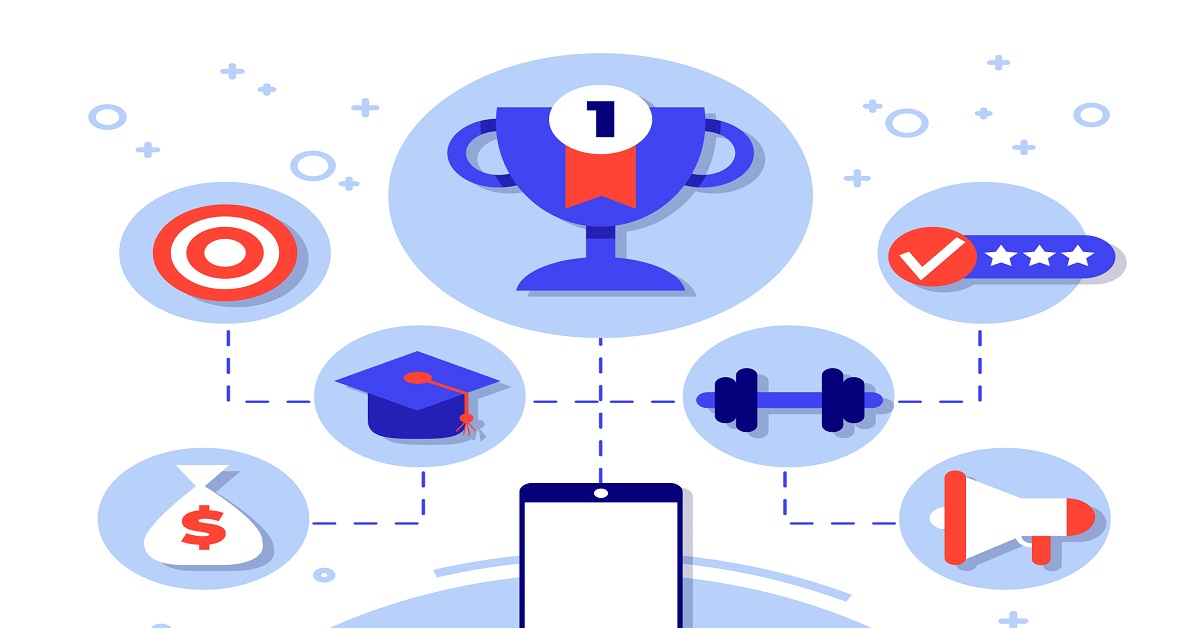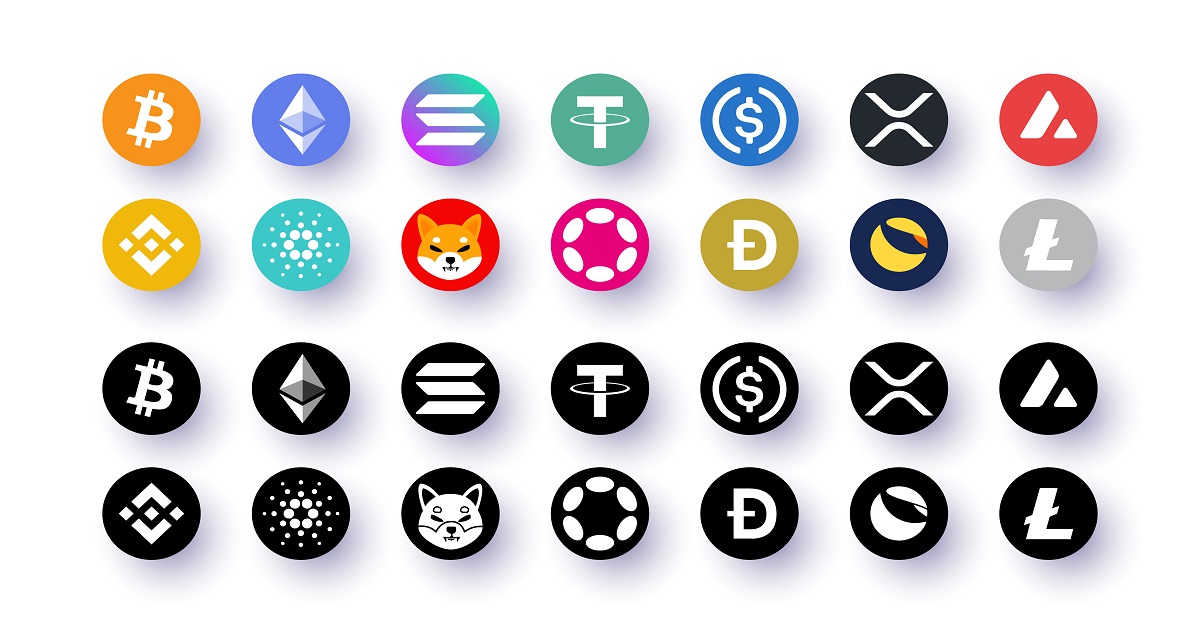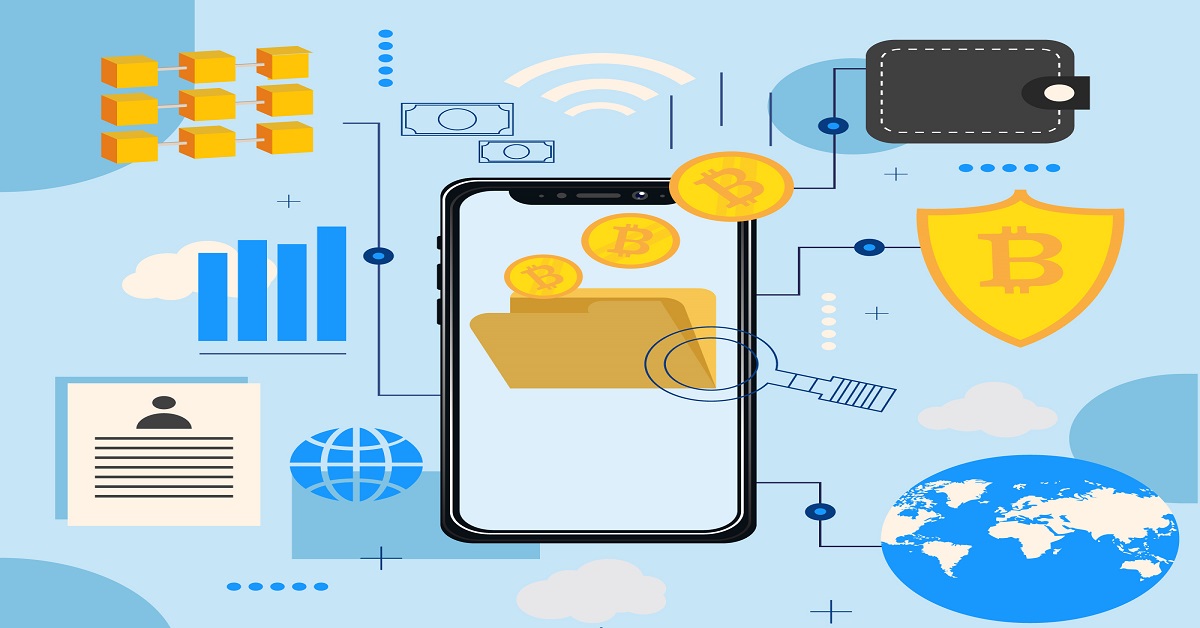Uber, formerly known as Ubercab, has transcended its origins as a mere cab-hailing service. Headquartered in San Francisco, it now operates in over 70 countries and 10,000 cities worldwide. Beyond ride-hailing, Uber offers an extensive suite of services, including food delivery, package transportation, couriers, and freight logistics. Its disruptive model has transformed how people move, making travel more convenient and accessible globally.
Inspired by Uber’s success, you too can venture into the ride-sharing business. Uber’s approach is straightforward: identify a common pain point, develop a solution, and revolutionize the taxi-booking experience. Gone are the days of waiting by the roadside or making phone calls to book a cab.
Uber digitized the process, making it transparent, efficient, and cost-effective. Users request rides through the app, choose their preferred car type, and confirm the pickup location. The app matches them with nearby drivers, and payments are seamlessly processed. Uber’s net revenue reached $14.1 billion in 2019, showcasing its global impact. The ever rising popularity of Uber urges users to build a taxi booking app like Uber.
Table of Contents
ToggleFacts and Statistics of Online Taxi Market:
Let’s dive into the fascinating world of the online taxi and ride-hailing industry, backed by compelling data and statistics. From Uber’s ascent to the expansion of its competitors, these figures provide valuable insights into the market you’re considering:
1. Projected Revenue and Growth:
-
- The ride-hailing and taxi industry is set to reach a staggering $332.50 billion in revenue by 2023.
- Anticipated growth at a CAGR of 3.31% will propel the market volume to an impressive $378.80 billion by 2027.
- With an estimated 1,453 million users, the average revenue per user (ARPU) is projected to reach $248.20 billion.
2. Shift to Online Sales:
-
- As early as 2017, 55% of total revenue in this sector was generated through online sales.
- The global funding for ride-hailing services surged from $10.2 billion in 2015 to nearly double that amount in 2017. However, the pandemic-induced downturn impacted these numbers.
3. Uber’s Revenue Dynamics:
-
- Pre-pandemic, Uber’s primary revenue source was mobility services. Yet, in 2021, its delivery business outpaced mobility revenue.
- Uber’s impressive financials include $17.4 billion in revenue (a 56% YoY increase) in 2021, despite a 21% decline in 2020 due to pandemic challenges.
- A whopping 118 million users chose Uber in 2021, reflecting a robust 26% YoY growth.
4. Uber’s Funding and User Base:
-
- Uber has attracted substantial investment, receiving $20.9 billion from various investors between 2011 and 2019. Notable backers include Alphabet, Benchmark, and SoftBank Ventures.
- As of the second quarter of 2022, Uber boasts 122 million monthly active users and handles an impressive average of 21 million trips per day.
5. Market Size and Growth:
-
- The global ride-hailing and taxi market was valued at $199.14 billion in 2021.
- Projections indicate that by 2022, it will reach $219.68 billion.
- Looking ahead, the ride-hailing market is expected to grow at a robust 11.7% compound annual growth rate (CAGR), reaching a staggering $432.2 billion by 2028.
6. Resilience and Future Prospects:
-
- Despite pandemic-induced challenges, the industry is on a steady path to recovery.
- The continued proliferation of smartphones and apps worldwide will drive further growth in the ride-hailing sector
- Uber drivers completed 6.3 billion trips, slightly fewer than the 2019 count of 6.9 billion trips.
- Notably, the US and Canada remain Uber’s major revenue contributors, accounting for $10 billion of its 2021 total revenue of $17.4 billion globally.
What Are the Benefits to Build a Taxi Booking App like Uber?
Let’s explore the advantages of creating a taxi booking app in a concise manner.
1. Brand Building and Expansion
-
- In today’s business landscape, having an app is not just an option; it’s essential. A comprehensive approach to branding involves multiple channels, and mobile apps play a pivotal role.
- Apps attract dedicated traffic, boost revenue, and contribute to higher IPOs. For instance, app-based start-ups have seen an impressive 825% higher IPO success compared to those without apps.
2. Seamless Customer Access
-
- Consumers spend more time on apps than websites, and your customer base follows suit. They crave one-touch access to their favorite brands, products, and services.
- By placing all your services at their fingertips, you enhance brand interaction and engagement manifold.
3. Efficient Processes via Native Apps
-
- Native apps leverage device resources, streamlining business processes. Customers can easily view vehicle options, search destinations, book rides, track progress, make payments, leave reviews, raise complaints, and receive push notifications.
- This efficiency translates to more productive business time compared to traditional websites.
4. Rich Data Insights
-
- Apps reside on users’ devices, granting access to versatile and accurate data. Features like location tracking, demographics, and behavioral details provide valuable insights.
- Armed with this data, you can make informed decisions for your business and marketing strategies.
5. Enhance Customer Loyalty and Drive Conversions
-
- Mobile apps play a crucial role in enhancing customer engagement and service. For instance, incorporating a one-click chat feature within the app enables customers to receive quicker resolutions to their queries and concerns.
- This is just one example of how apps can significantly contribute to building loyal customer relationships, ultimately boosting conversion rates and improving customer retention.
Essential Features for a Successful Taxi Hailing App
The success and scalability of your taxi app hinge on its features. While some are standard across most taxi booking apps, consider integrating advanced functionalities for a seamless and cutting-edge user experience. These features can be categorized into passenger-specific, driver-specific, and admin-specific capabilities. Let’s delve into the details:
1. Passenger-Specific Features
- Easy Sign-Up and Login: Streamlined onboarding, including social login options.
- User Profiles: Allow users to create and manage their profiles.
- Preferred Language Selection: Enable users to choose their preferred language.
- Booking and Cancellation: Effortlessly book and cancel rides.
- Booking History Monitoring: Keep track of past bookings.
- Advanced Booking: Schedule rides in advance.
- Location Input: Enter pick-up and drop-off locations.
- Vehicle and Ride Options: View available vehicle types.
- Driver Details: Access information about assigned drivers.
- Fare Calculation: Compute fares transparently.
- Real-Time Navigation: Navigate to the destination using maps.
- Estimated Wait Time: Know how long until your ride arrives.
- Live Ride Tracking: Track your ride in real time.
- Flexible Payments: Multiple payment options.
- Billing and Invoices: Easy access to billing details.
- Coupon Redemption: Apply discounts and rewards.
- Notifications: Receive push notifications and alerts.
- Share Ride Details: Share trip information with others.
- Driver Communication: Chat with drivers and customer service.
- Driver Ratings and Reviews: Provide feedback on driver performance.
Remember, these features enhance user satisfaction and contribute to higher conversion rates
2. Admin-Specific Features
Administrators serve as the vital link between riders and customers. They require an app or backend system that seamlessly manages both customer and driver apps. When choosing a platform, ensure it streamlines your business operations, allowing you to oversee everything from a single hub. Beyond content customization, design, and regular updates, consider the following features:
- Vehicle Listings Management: Admins can view and manage the list of available vehicles.
- Driver and Customer Management: Efficiently handle driver and customer profiles.
- Cab Availability and Bookings Tracking: Monitor cab availability and track bookings.
- Pricing and Surge Management: Control pricing during peak hours or high demand.
- Loyalty Programs Implementation: Set up loyalty rewards for users.
- Push Notifications Scheduling: Schedule and send timely notifications.
- User and Driver Chat: Facilitate communication between users and drivers.
- Payment and Billing Management: Handle financial transactions.
- Usage Analytics Collection: Gather insights for informed decisions.
- Social Media Integration: Link your app with social media channels.
- Monetization via Ads: Explore ad-based revenue models.
- Customer Ratings and Reviews Viewing: Admins can access user feedback.
Remember, tailor these features to align with your specific business goals and enhance your customers’ overall experience.
What Are the Steps to Build A Taxi Booking App Like Uber?
Are you planning for taxi booking app development, but don’t know where to begin? We’ve got you covered! The following are the step-by-step process to Uber app development that will help you bring your business visions to life. So, without delaying further, let’s get started.
#Step 1 – Market Research
Before diving into development, conduct thorough market research. Understand your target audience, local demographics, and existing ride-sharing services. Identify gaps or opportunities that your app can address. For instance, analyze user preferences, peak travel times, and pricing models in your region.
#Step 2 – Define Key Features
Define the core features your app will offer. These include:
- User Registration: Allow users to sign up, create profiles, and manage their accounts.
- Booking Interface: Enable users to request rides, choose vehicle types (e.g., sedan, SUV), and set pickup/drop-off locations.
- Real-Time Tracking: Implement GPS-based tracking so users can monitor their ride’s progress.
- Payment Integration: Integrate secure payment gateways (e.g., credit cards, digital wallets).
- Driver Management: Create driver profiles, manage availability, and handle driver payouts.
- Rating and Reviews: Let users rate drivers and provide feedback.
- Notifications: Send alerts for ride confirmations, driver arrivals, and payment receipts.
For example, Uber’s app allows users to select ride options, track their driver’s location, and rate their experience after the ride.
#Step 3 – Design User Interface and User Experience (UI/UX)
Invest time in designing an intuitive and visually appealing interface. Prioritize user experience by ensuring clear navigation, easy-to-understand icons, and seamless interactions. Consider Uber’s simple and user-friendly design, which encourages repeat usage.
#Step 4 -Develop the App
Choose the right technology stack (e.g., React Native, Swift, Kotlin) and start building. Develop separate apps for passengers and drivers. Implement APIs for real-time communication between users, drivers, and the server.
For instance, Uber’s backend relies on Node.js, while its mobile apps use native languages.
#Step 5 -Test and Iterate
Rigorously test your app for functionality, security, and performance. Involve beta testers to provide feedback. Continuously iterate based on user input. Uber, too, went through multiple iterations to enhance its app’s reliability and responsiveness.
#Step 6 -Launch and Market
- App Deployment: Publish your app on app stores (Google Play Store, Apple App Store).
- Digital Marketing: Promote your app through social media, search engine optimization (SEO), and paid advertising.
- Partnerships: Collaborate with local businesses, hotels, or events to offer exclusive discounts or incentives. Uber partnered with restaurants and hotels to provide ride vouchers.
#Step 7 – Monetization Strategy
Decide how your app will generate revenue:
- Commission: Charge a percentage of each ride fare as your fee.
- Surge Pricing: Implement dynamic pricing during peak hours or high demand.
- Subscription: Offer premium features for a monthly fee.
- Ads: Display targeted ads within the app.
For instance, Uber’s primary revenue comes from commissions on rides and surge pricing during busy times.
How Much Does It Cost to Build A Taxi Booking App Like Uber?
The cost to build an app like Uber involves several factors that influence the overall development expenses. Let’s delve into these factors and provide real-time examples:
- Platform Choice:
- The choice of platform (iOS, Android, or both) significantly impacts costs. Developing for both platforms is more expensive than focusing on a single platform.
- Example: If you decide to build an app for both iOS and Android, the mobile app development cost will be higher due to the need for separate codebases and testing efforts.
- Features and Complexity:
- The number and complexity of features directly affect taxi booking app development cost. Basic apps with essential functionalities are more affordable, while advanced solutions with additional features drive up expenses.
- Example: Implementing features like real-time tracking, payment integration, and driver ratings will increase development costs.
- Design and User Experience (UI/UX):
- A well-designed and user-friendly interface enhances user engagement but requires skilled designers and additional effort.
- Example: If you invest in custom UI/UX design, the cost will be higher compared to using pre-built templates.
- Location of Development Team:
- Development rates vary based on the location of the development team. Hiring local developers in regions with higher labor costs (e.g., the USA, Western Europe) is more expensive than outsourcing to countries with lower rates (e.g., India, Eastern Europe).
- Example: Hiring a development team in Silicon Valley will be costlier than working with a team in India.
- Maintenance and Updates:
- After launching the app, ongoing maintenance, bug fixes, and updates are essential. Budget for post-launch support and improvements.
- Example: Regularly updating the app to keep it compatible with new OS versions and addressing user feedback requires continuous investment.
Now, let’s estimate the cost: Considering the entire app development process, you might expect to invest anywhere from $25,000 to $150,000 to build a taxi booking app like Uber. Remember that these figures can vary based on your specific requirements and the factors mentioned above.
Do not hesitate to explore different options when searching for development partners. Seek out agencies with a solid track record in taxi booking app development and a history of delivering successful on demand app development. By evaluating your budget, desired features, and the expertise of your development team, you can build a taxi booking app like Uber that effectively caters to your intended audience.
